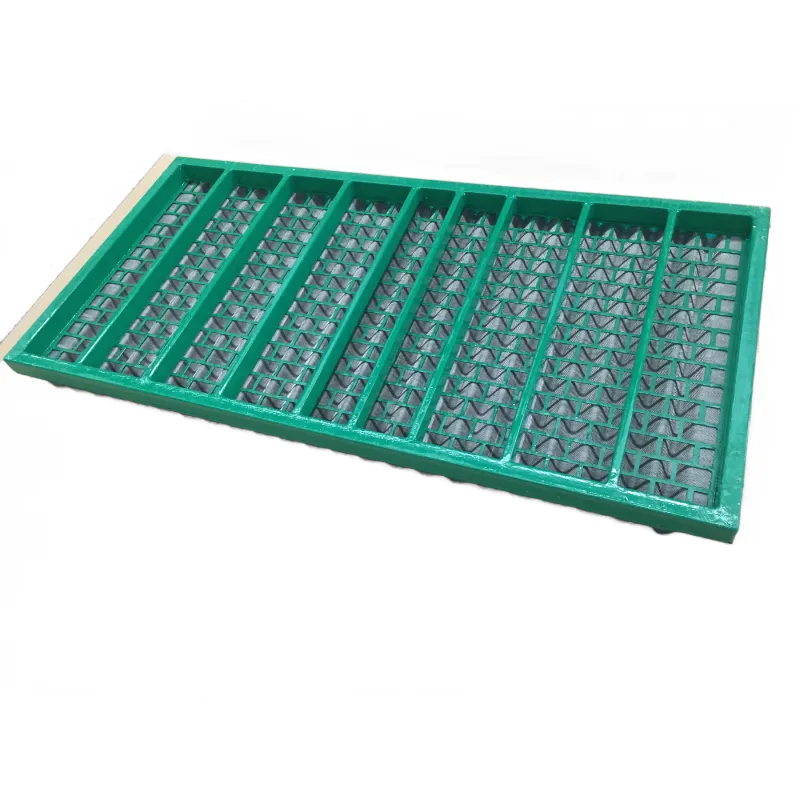- Industrial zone, South of Anping Town, Hengshui, Hebei, China.
- sales@hfpetromesh.com
- +86-18931809706
 Afrikaans
Afrikaans  Albanian
Albanian  Amharic
Amharic  Arabic
Arabic  Armenian
Armenian  Azerbaijani
Azerbaijani  Basque
Basque  Belarusian
Belarusian  Bengali
Bengali  Bosnian
Bosnian  Bulgarian
Bulgarian  Catalan
Catalan  Cebuano
Cebuano  Corsican
Corsican  Croatian
Croatian  Czech
Czech  Danish
Danish  Dutch
Dutch  English
English  Esperanto
Esperanto  Estonian
Estonian  Finnish
Finnish  French
French  Frisian
Frisian  Galician
Galician  Georgian
Georgian  German
German  Greek
Greek  Gujarati
Gujarati  Haitian Creole
Haitian Creole  hausa
hausa  hawaiian
hawaiian  Hebrew
Hebrew  Hindi
Hindi  Miao
Miao  Hungarian
Hungarian  Icelandic
Icelandic  igbo
igbo  Indonesian
Indonesian  irish
irish  Italian
Italian  Japanese
Japanese  Javanese
Javanese  Kannada
Kannada  kazakh
kazakh  Khmer
Khmer  Rwandese
Rwandese  Korean
Korean  Kurdish
Kurdish  Kyrgyz
Kyrgyz  Lao
Lao  Latin
Latin  Latvian
Latvian  Lithuanian
Lithuanian  Luxembourgish
Luxembourgish  Macedonian
Macedonian  Malgashi
Malgashi  Malay
Malay  Malayalam
Malayalam  Maltese
Maltese  Maori
Maori  Marathi
Marathi  Mongolian
Mongolian  Myanmar
Myanmar  Nepali
Nepali  Norwegian
Norwegian  Norwegian
Norwegian  Occitan
Occitan  Pashto
Pashto  Persian
Persian  Polish
Polish  Portuguese
Portuguese  Punjabi
Punjabi  Romanian
Romanian  Russian
Russian  Samoan
Samoan  Scottish Gaelic
Scottish Gaelic  Serbian
Serbian  Sesotho
Sesotho  Shona
Shona  Sindhi
Sindhi  Sinhala
Sinhala  Slovak
Slovak  Slovenian
Slovenian  Somali
Somali  Spanish
Spanish  Sundanese
Sundanese  Swahili
Swahili  Swedish
Swedish  Tagalog
Tagalog  Tajik
Tajik  Tamil
Tamil  Tatar
Tatar  Telugu
Telugu  Thai
Thai  Turkish
Turkish  Turkmen
Turkmen  Ukrainian
Ukrainian  Urdu
Urdu  Uighur
Uighur  Uzbek
Uzbek  Vietnamese
Vietnamese  Welsh
Welsh  Bantu
Bantu  Yiddish
Yiddish  Yoruba
Yoruba  Zulu
Zulu
- Afrikaans
- Albanian
- Amharic
- Arabic
- Armenian
- Azerbaijani
- Basque
- Belarusian
- Bengali
- Bosnian
- Bulgarian
- Catalan
- Cebuano
- Corsican
- Croatian
- Czech
- Danish
- Dutch
- English
- Esperanto
- Estonian
- Finnish
- French
- Frisian
- Galician
- Georgian
- German
- Greek
- Gujarati
- Haitian Creole
- hausa
- hawaiian
- Hebrew
- Hindi
- Miao
- Hungarian
- Icelandic
- igbo
- Indonesian
- irish
- Italian
- Japanese
- Javanese
- Kannada
- kazakh
- Khmer
- Rwandese
- Korean
- Kurdish
- Kyrgyz
- Lao
- Latin
- Latvian
- Lithuanian
- Luxembourgish
- Macedonian
- Malgashi
- Malay
- Malayalam
- Maltese
- Maori
- Marathi
- Mongolian
- Myanmar
- Nepali
- Norwegian
- Norwegian
- Occitan
- Pashto
- Persian
- Polish
- Portuguese
- Punjabi
- Romanian
- Russian
- Samoan
- Scottish Gaelic
- Serbian
- Sesotho
- Shona
- Sindhi
- Sinhala
- Slovak
- Slovenian
- Somali
- Spanish
- Sundanese
- Swahili
- Swedish
- Tagalog
- Tajik
- Tamil
- Tatar
- Telugu
- Thai
- Turkish
- Turkmen
- Ukrainian
- Urdu
- Uighur
- Uzbek
- Vietnamese
- Welsh
- Bantu
- Yiddish
- Yoruba
- Zulu
lightweight grating
Lightweight Grating Revolutionizing Optical Technologies
In the realm of optics, the concept of grating is paramount for a myriad of applications, from spectroscopy to telecommunications. Traditionally, these gratings are fabricated from robust materials, which often lead to heavy and unwieldy optical devices. However, the advent of lightweight grating technologies is changing the landscape, enhancing performance while reducing the burden associated with traditional optical components.
Lightweight gratings are usually constructed from innovative materials and advanced manufacturing techniques, such as polymer films or lightweight composites. These materials not only reduce the overall weight of the optical systems but also enhance the versatility and portability of devices. For instance, in spectroscopic applications, lightweight gratings allow for more compact spectrometers, which can be crucial in field analyses where space and weight are at a premium.
The workings of a grating depend fundamentally on its ability to diffract light. By precisely arranging periodic structures, these gratings can effectively separate different wavelengths of light. The lightweight nature of modern gratings doesn’t compromise their diffraction efficiency. In fact, advances in microfabrication and nanotechnology have led to the development of gratings that can achieve high-resolution performances comparable to their heavier counterparts.
lightweight grating

Furthermore, lightweight gratings enable new possibilities in the design of optical systems, such as mobile devices and wearable technology. The integration of lightweight components can lead to innovations in consumer electronics, where portability and ease of use are essential. For example, integrating lightweight gratings into smartphones could enhance optical imaging capabilities, providing users with improved photographic and scanning functionalities without the added weight typically associated with traditional optical systems.
In scientific research, particularly in fields such as astronomy and environmental monitoring, lightweight gratings facilitate the construction of high-performance, transportable instruments. This mobility is vital for conducting experiments in remote locations where heavy and bulky equipment could hinder data collection efforts.
Moreover, the sustainability aspect of lightweight grating technology cannot be overlooked. The reduction in material use not only decreases the carbon footprint associated with manufacturing but also paves the way for more sustainable practices in the optical industry. As researchers and engineers continue to explore these techniques, the environmental benefits could become a significant factor in the adoption of lightweight optical solutions.
In conclusion, lightweight grating technology represents a significant step forward in the evolution of optical devices. By reducing weight without sacrificing performance, these innovations are poised to unlock new opportunities across various industries, from high-tech personal devices to cutting-edge scientific instruments. As the field continues to evolve, the potential for lightweight gratings to drive advancements in optics is both promising and exciting.
-
Welded Steel Bar Grating: The Rugged Industrial Flooring Solution Built for Load and LongevityNewsJun.24,2025
-
Steel Walkway Grating: Reliable, Resilient, and Built for Every StepNewsJun.24,2025
-
Shale Shaker Screen for Sale: Optimize Drilling Efficiency with Precision Screening PowerNewsJun.24,2025
-
Shaker Screen for Sale: Elevate Your Drilling Efficiency with Durable Separation SolutionsNewsJun.24,2025
-
Press Locked Steel Grating: Industrial Strength with Precision Fit for Heavy-Duty ApplicationsNewsJun.24,2025
-
Perimeter Safety Netting: The Critical Safety Upgrade for Every HelipadNewsJun.24,2025